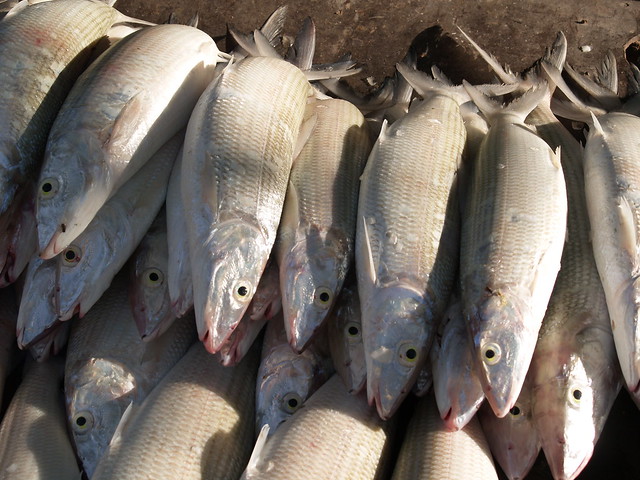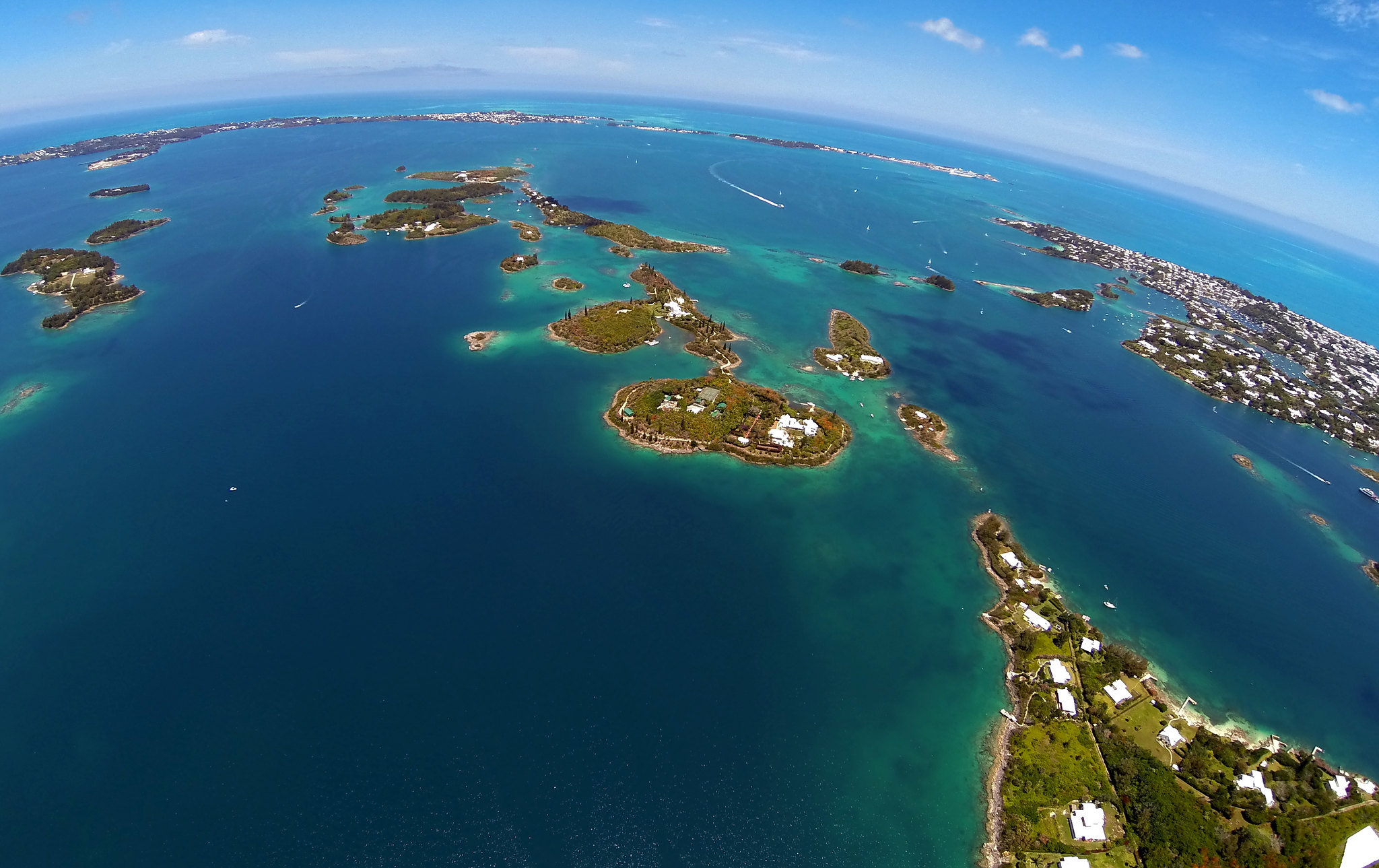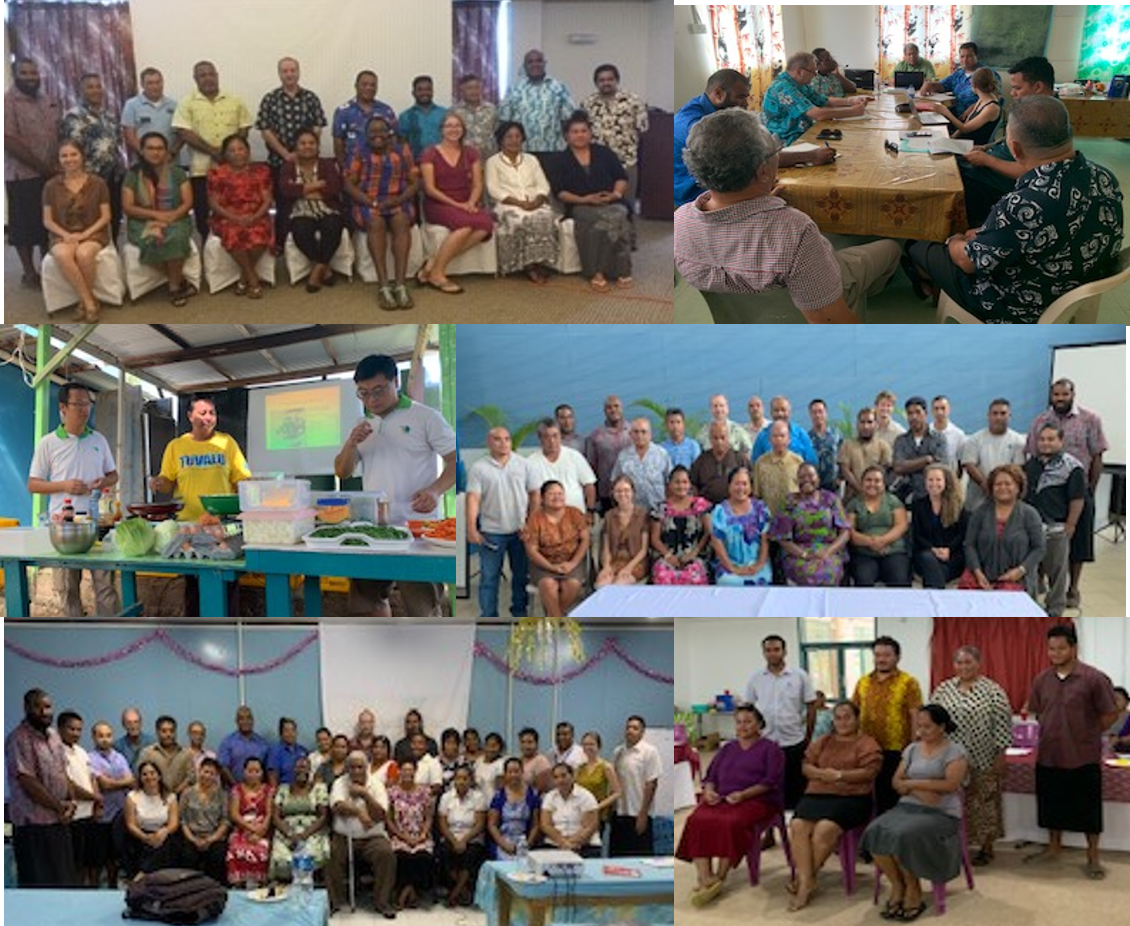Buy local, eat local the focus of multi-country GAFSP proposal for Pacific islands

Kiribati, Tuvalu, the Marshall Islands and the Federated States of Micronesia are part of a multi-country funding proposal that FAO and IFAD are helping prepare for submission to the Global Agriculture and Food Security Program (GAFSP) in September.
The proposal explores ways to promote local foods and reduce non-communicable diseases like diabetes, strokes and heart disease through improved diets and nutrition, FAO economist Wadzanai Garwe said.
“We’re looking at how these countries can revive local food customs and reduce imports like rice and sugar and soft drinks by replacing them with healthier, more nutritious local foods. It’s really about buying local, eating local,” she said.
Adult obesity rates hover around 40 to 50 percent in all four countries. This trend is found throughout small island developing states, where, according to the 2019 State of Food Security and Nutrition in the World, adult obesity is almost 60 percent higher than the global average.
The FAO/IFAD team organized an initial scoping mission to identify agricultural priorities in the region. They followed that with multi-stakeholder workshops in each country to develop agricultural strategies and frameworks for national agricultural investment plans – the latter a prerequisite for GAFSP funding.

Unique challenges
“Because it’s a multi-country proposal, we looked for common entry points, like their fragility to climate change, salinity in the water, migrating populations and the fact that these places are so isolated logistically,” Garwe said.
The development challenges – small, scattered populations with limited access to communication and transportation – are indeed specific to that part of the world.
“In the north Pacific, logistical costs are very high. Travel is done mainly by boats, but some places might only see a cargo or passenger boat or airplane once a week or once a month. In one place, it was once every three months.”
“That lack of accessibility is compounded by the lack of Internet coverage. And when there is Internet, it’s expensive. So, if communication is difficult on the main islands, you can only imagine how challenging it is working on the outer islands, where the farming happens,” she added.
The GAFSP funding would provide key investments in agriculture that could boost productivity. This in turn would make it more cost effective for boats or airplanes to visit the outer islands more often, as domestic trade between islands would pick up, thus paying for the logistical services.

Validation workshop
The FAO/IFAD team is finalizing the GAFSP proposal and will organize a validation workshop in mid-August to seek the approval from all four countries.
If the GAFSP funding is granted, FAO and IFAD will then help the Pacific island nations develop more detailed national agricultural investment plans.
The GAFSP, a multilateral funding mechanism designed to fight hunger, malnutrition and poverty, has a portfolio of USD 1.4 billion in financing in 41 countries around the world.
Over the last several years, the Investment Centre has helped design and/or provided technical assistance to numerous GAFSP-funded projects implemented through FAO country offices, mainly in Africa and Asia, leveraging around USD 328 million for countries.
The current call for proposals for 24 fragile countries – fragility being defined by climate risk and/or conflict – is offering USD 100 million in competitive grant funding.

